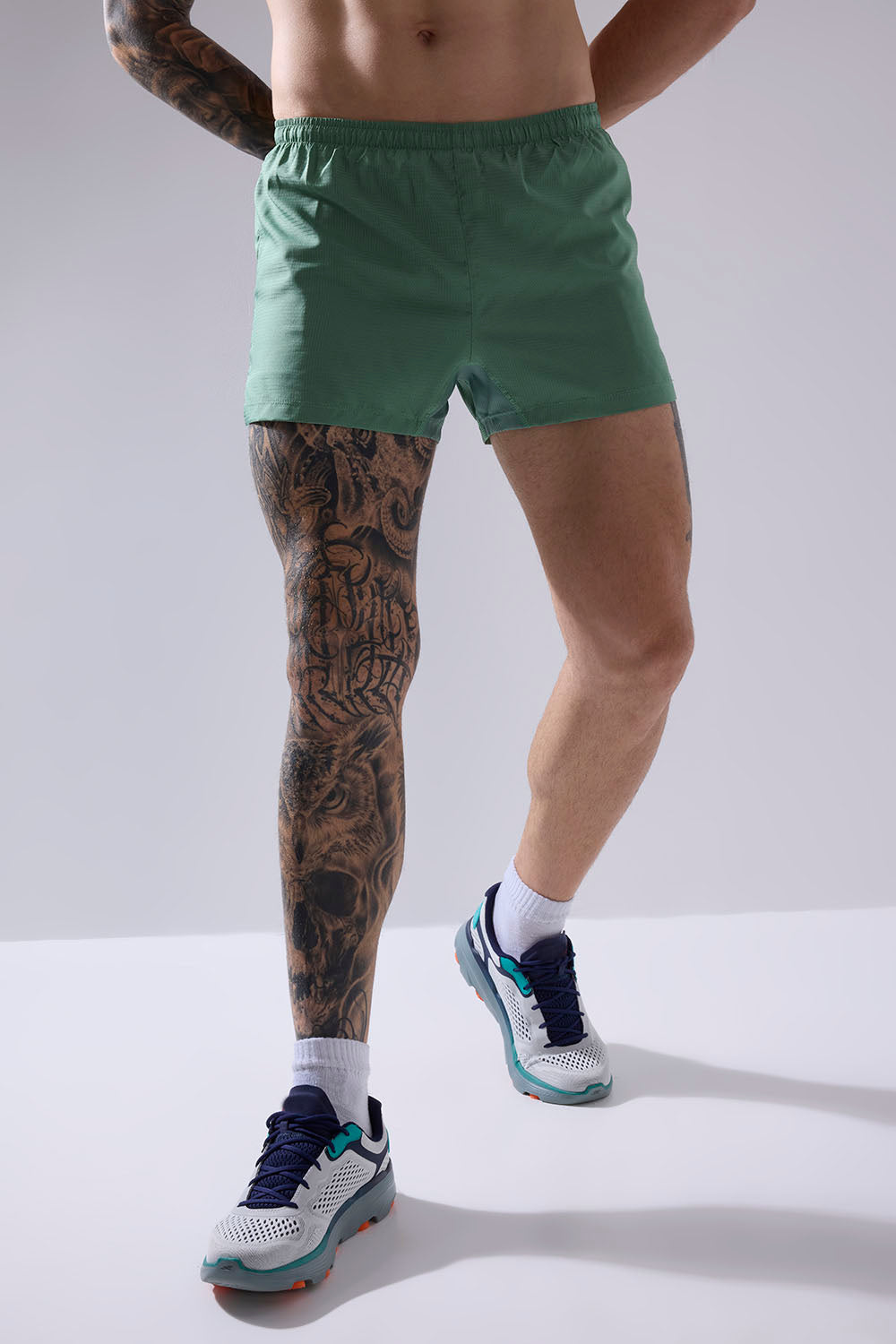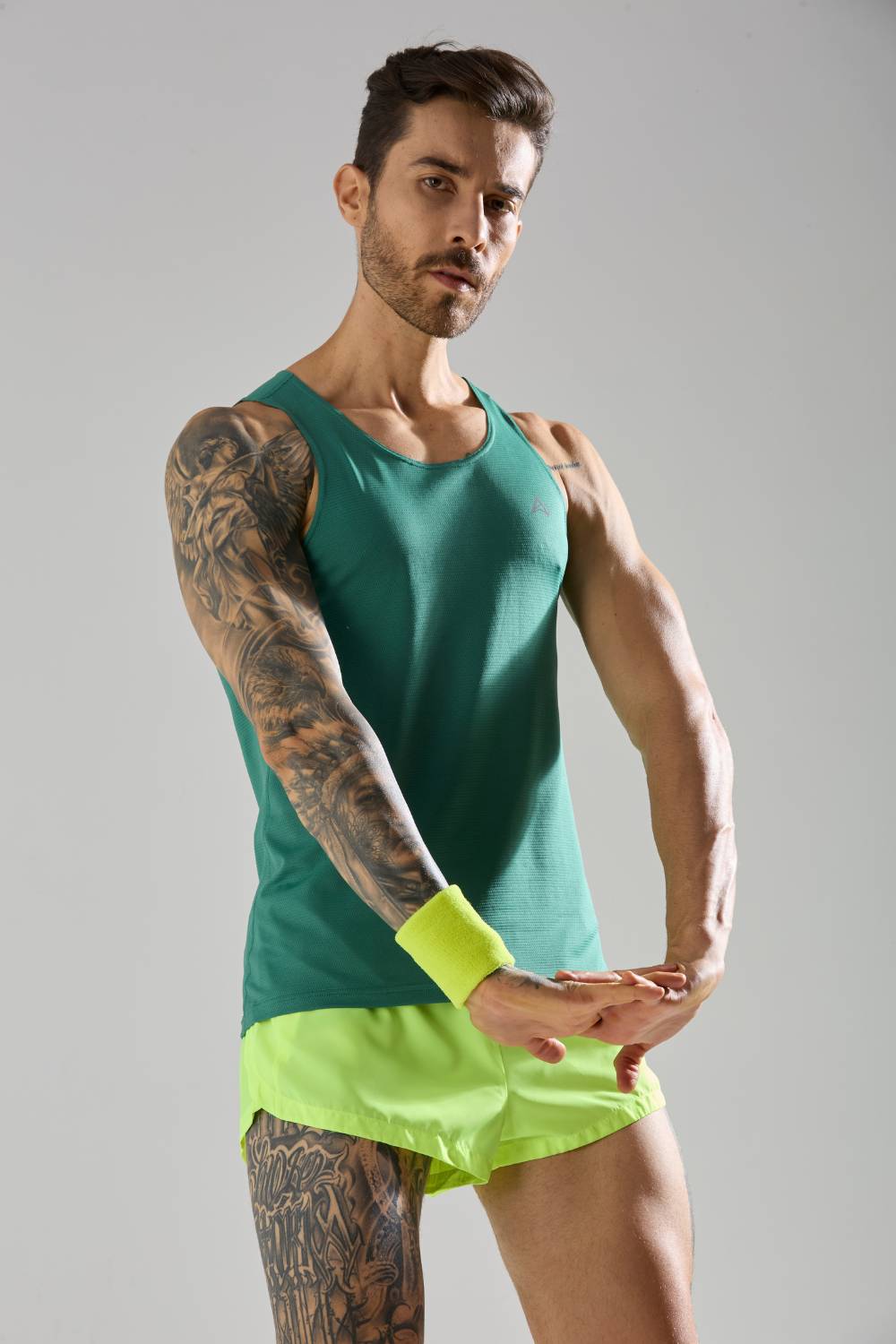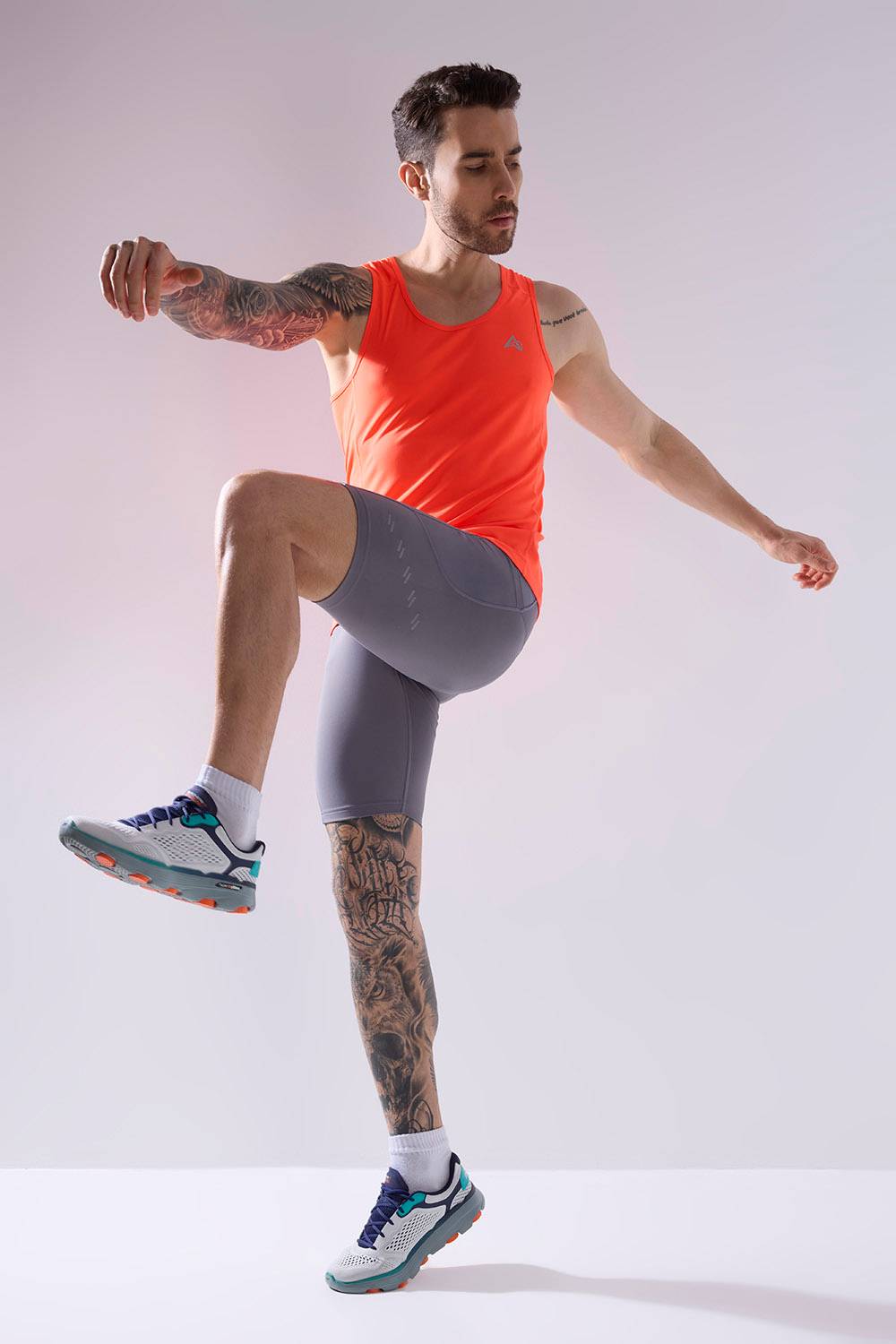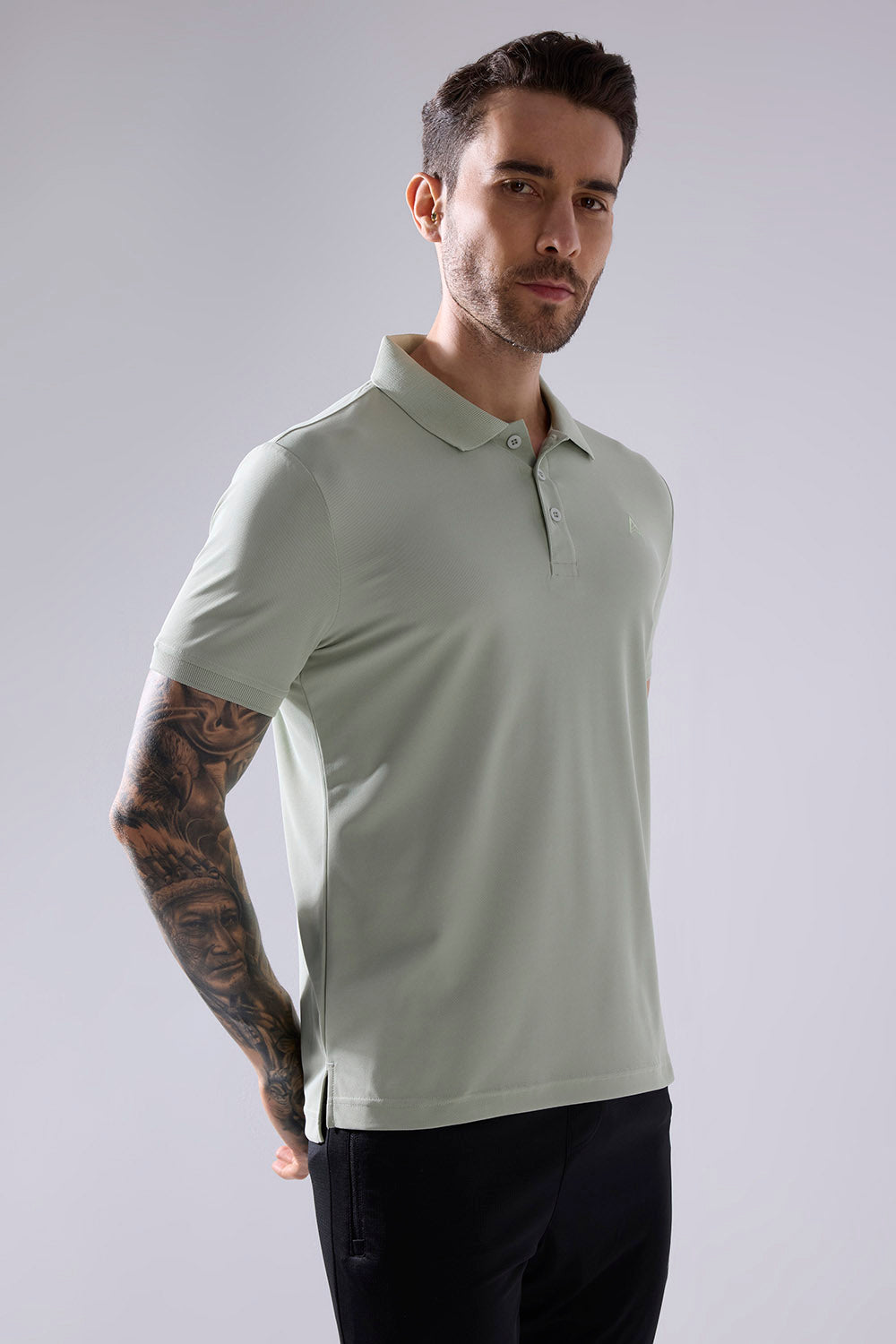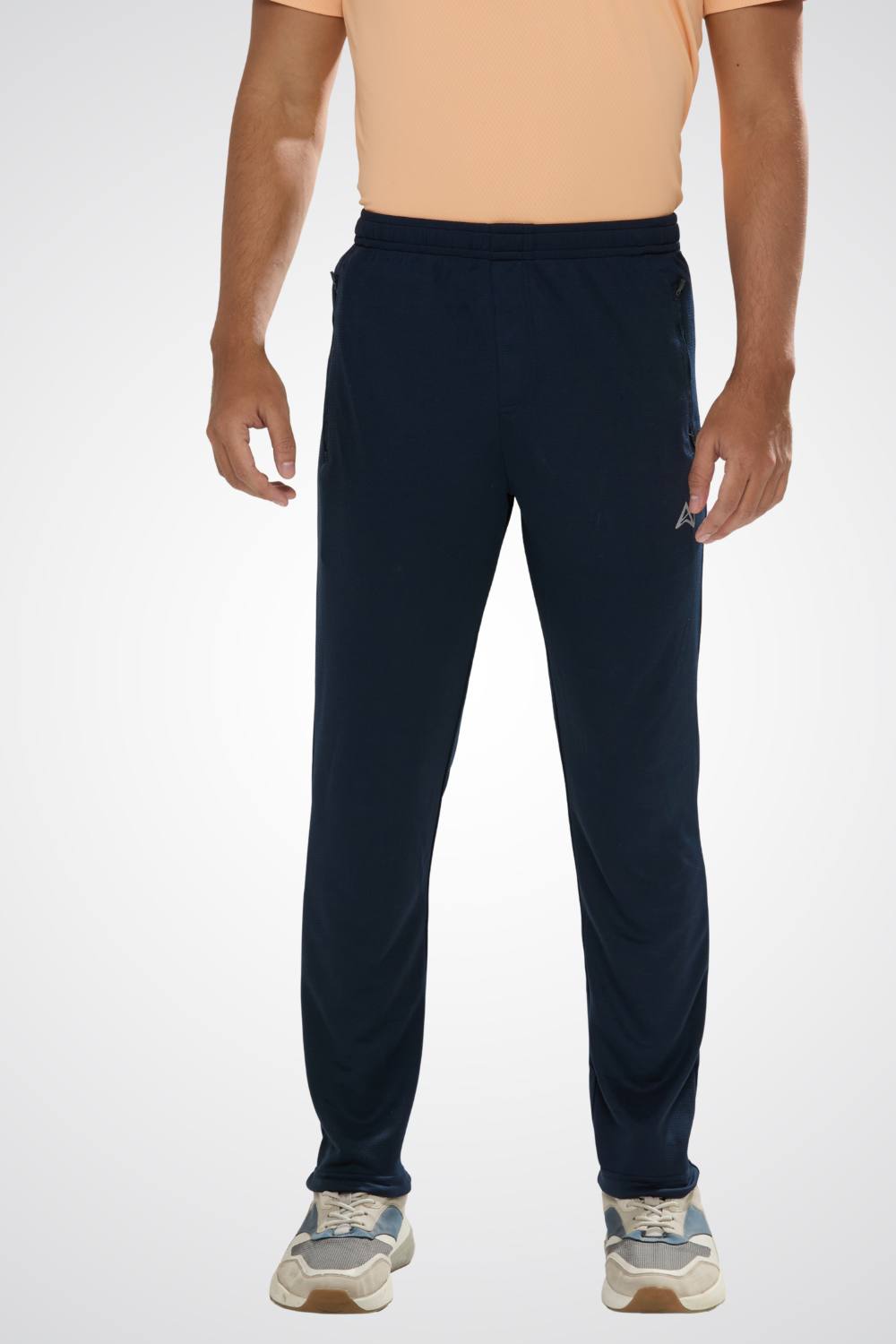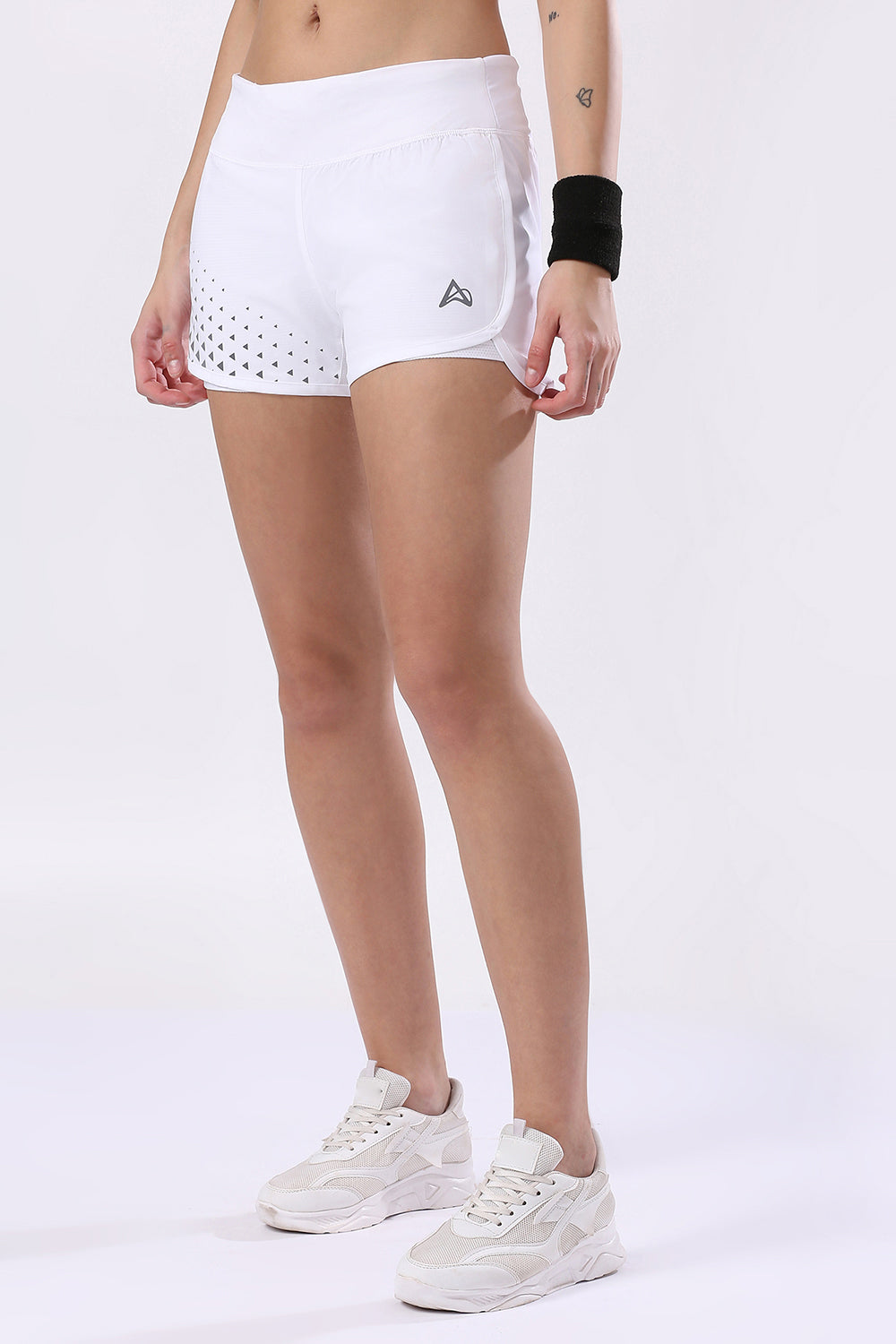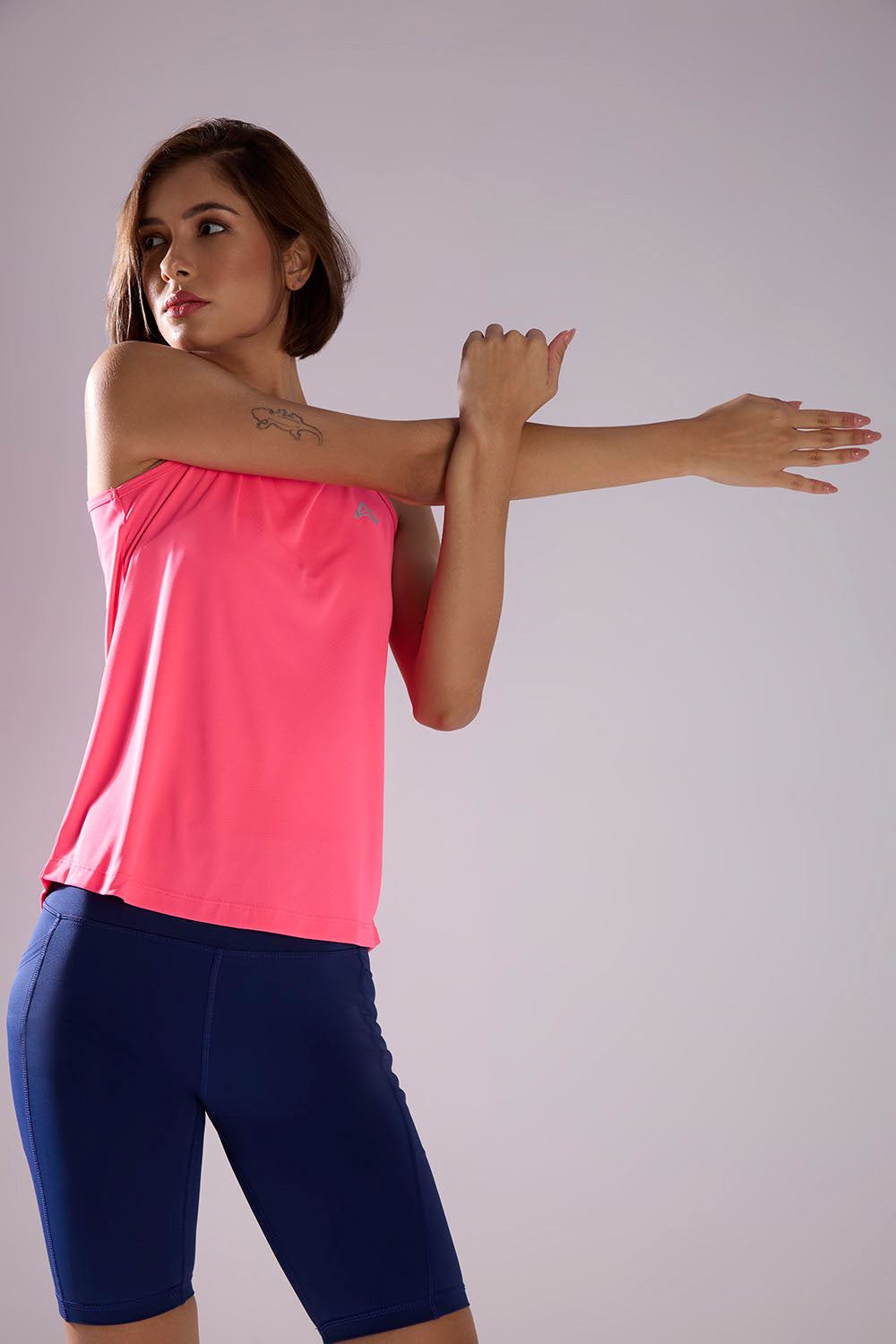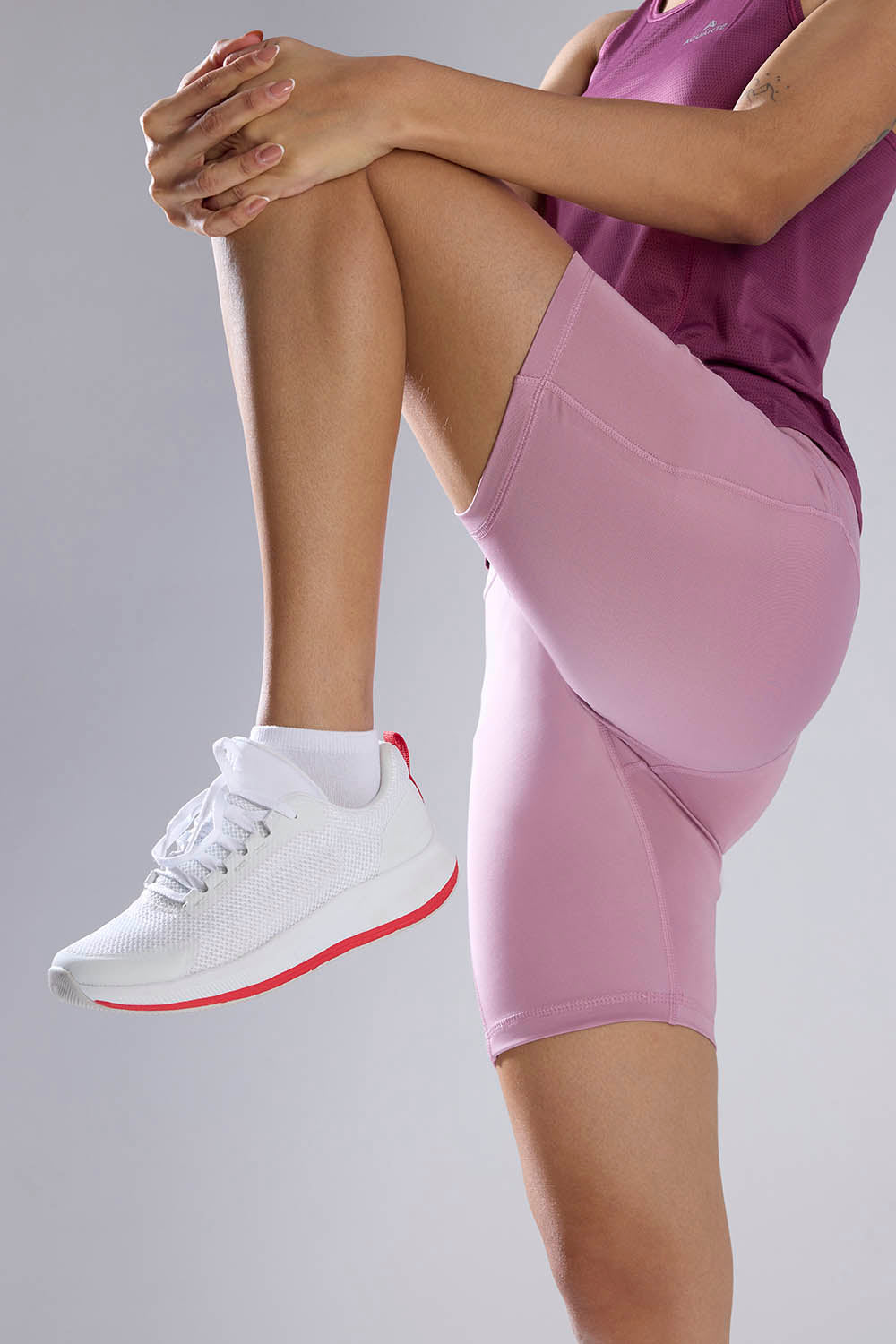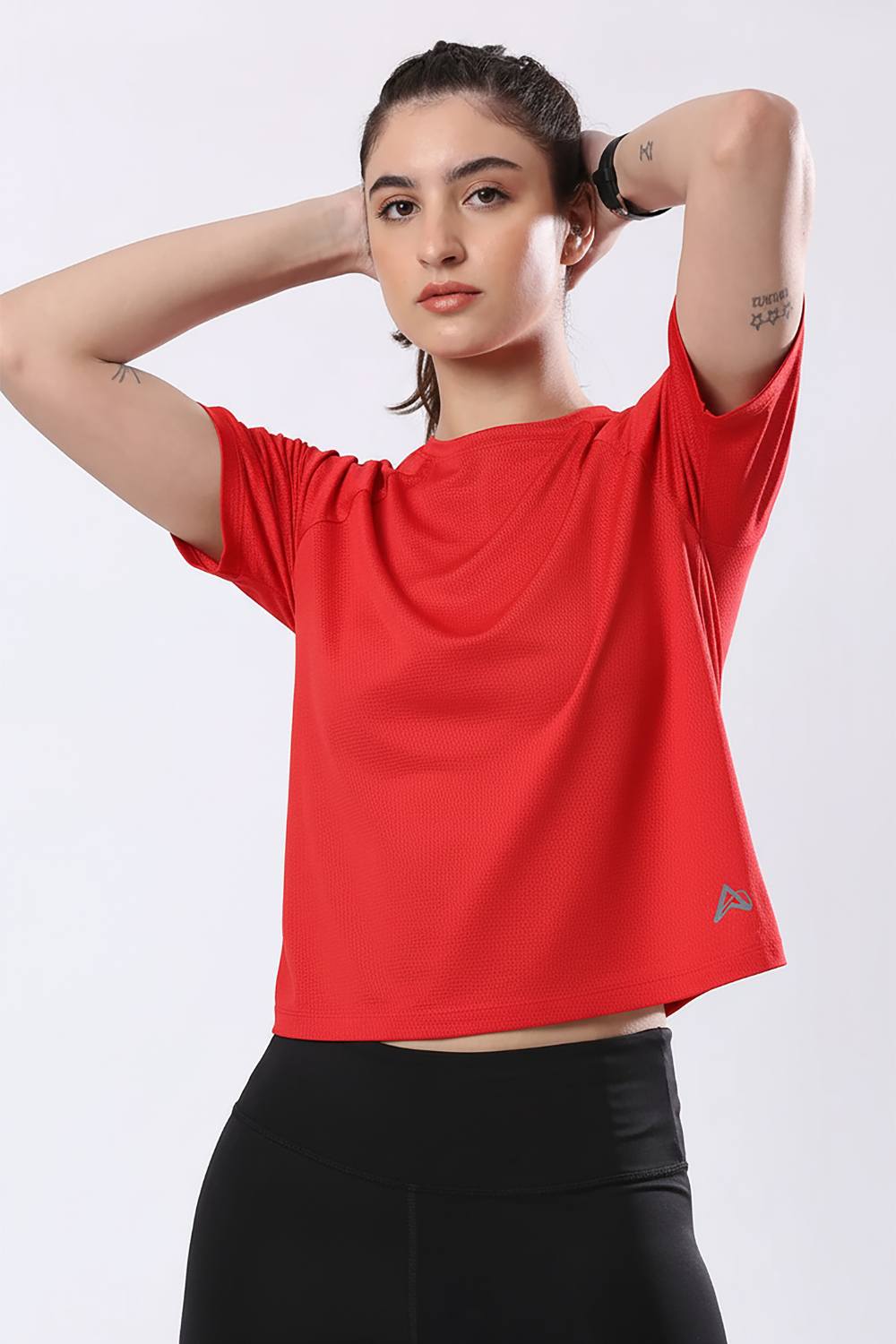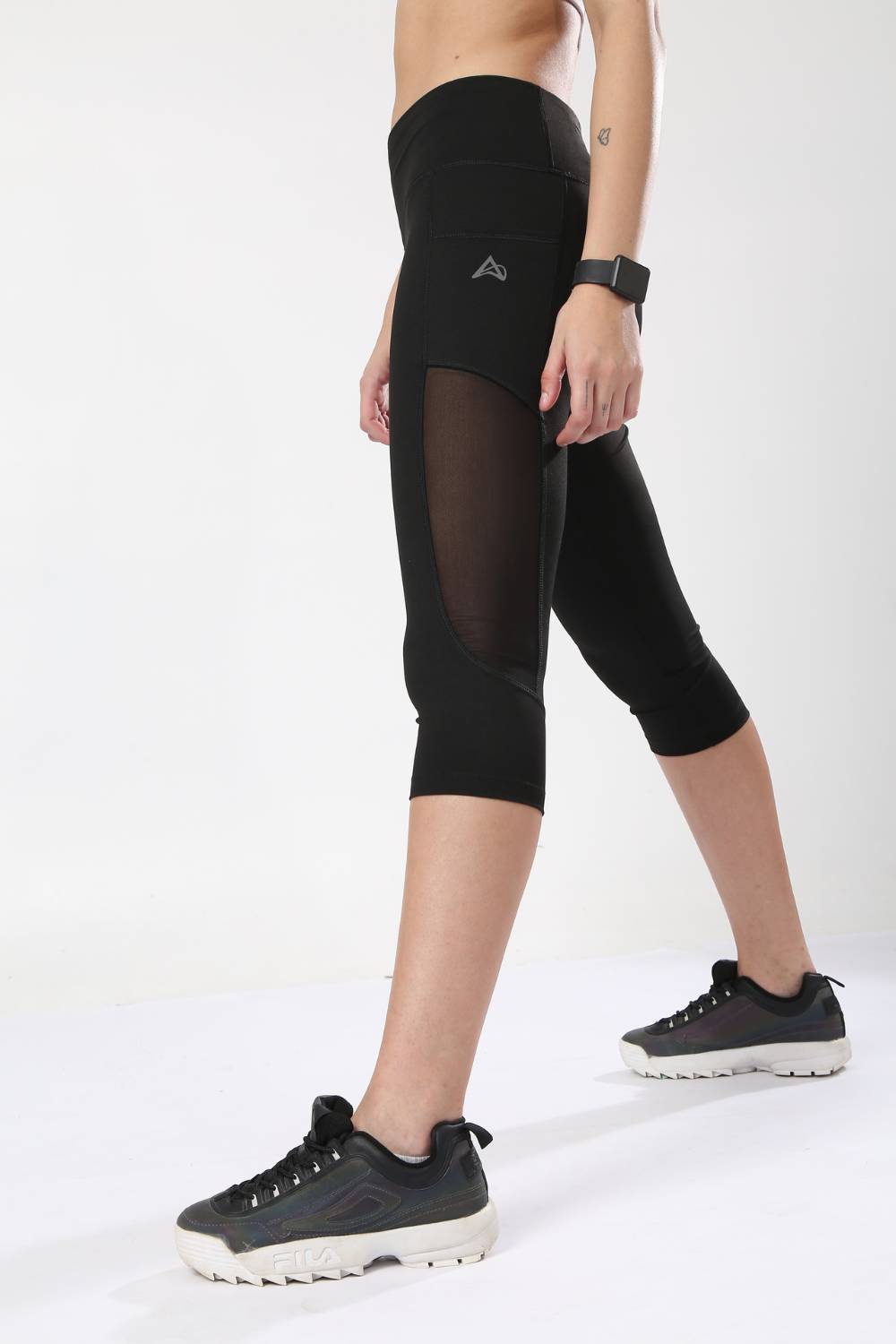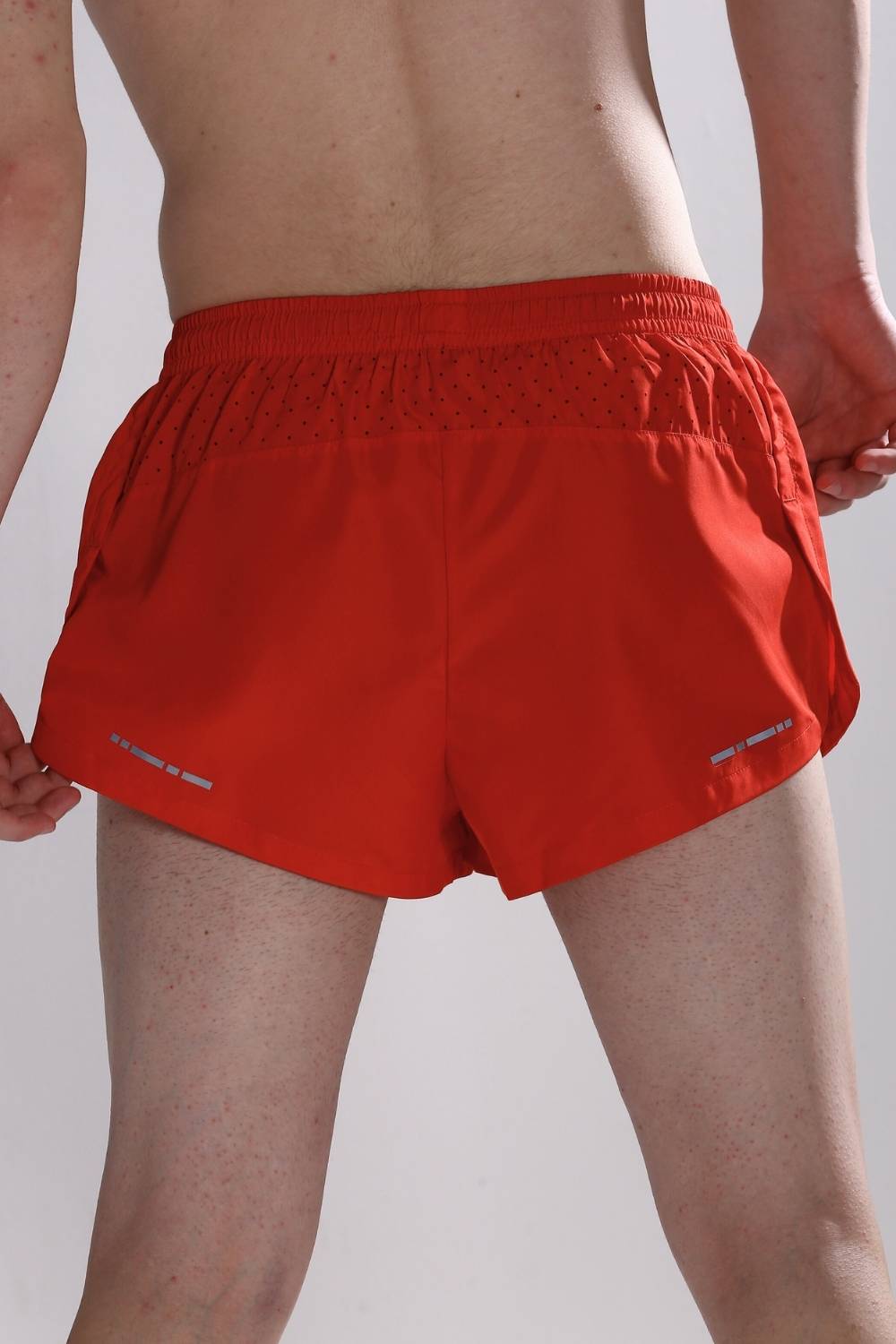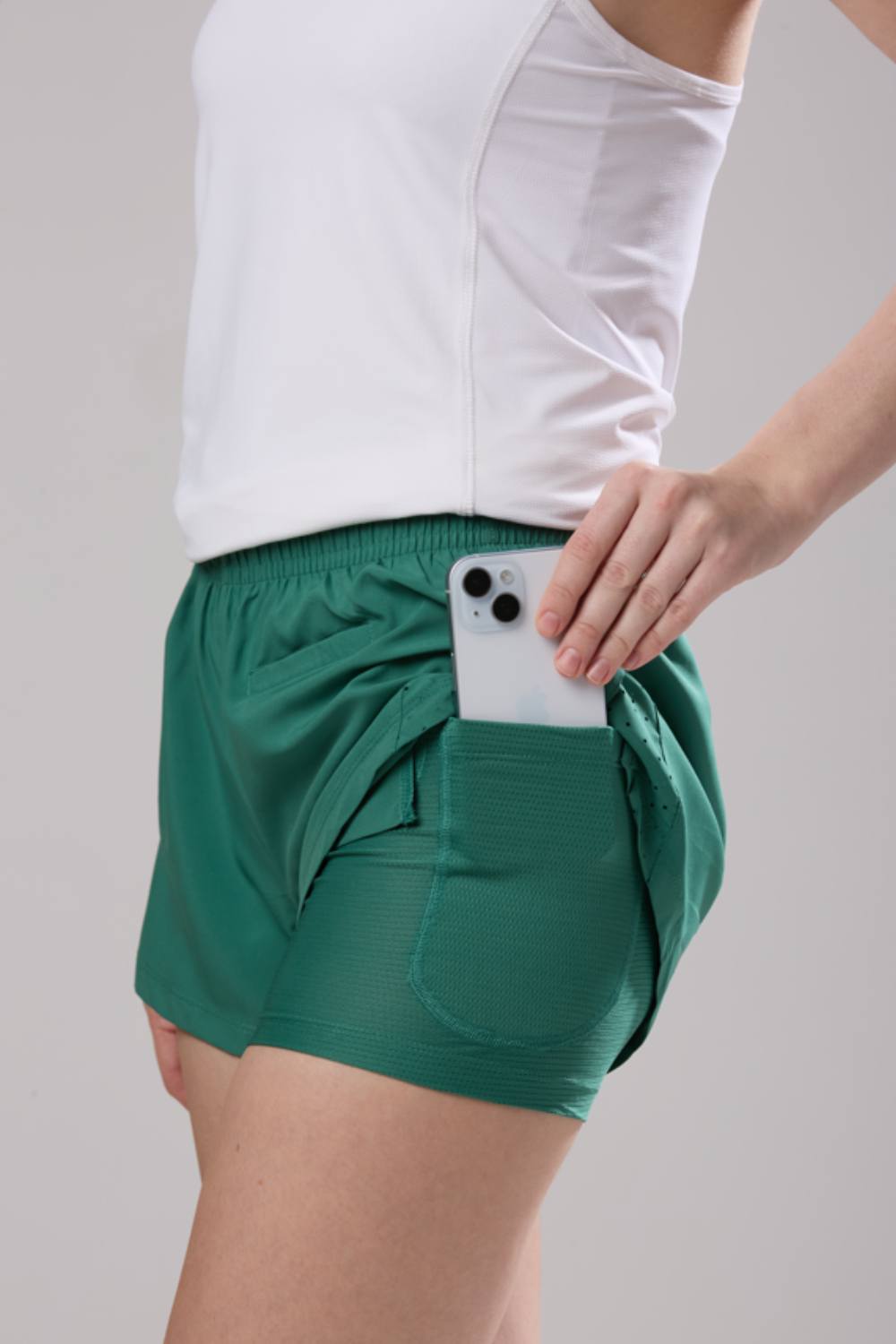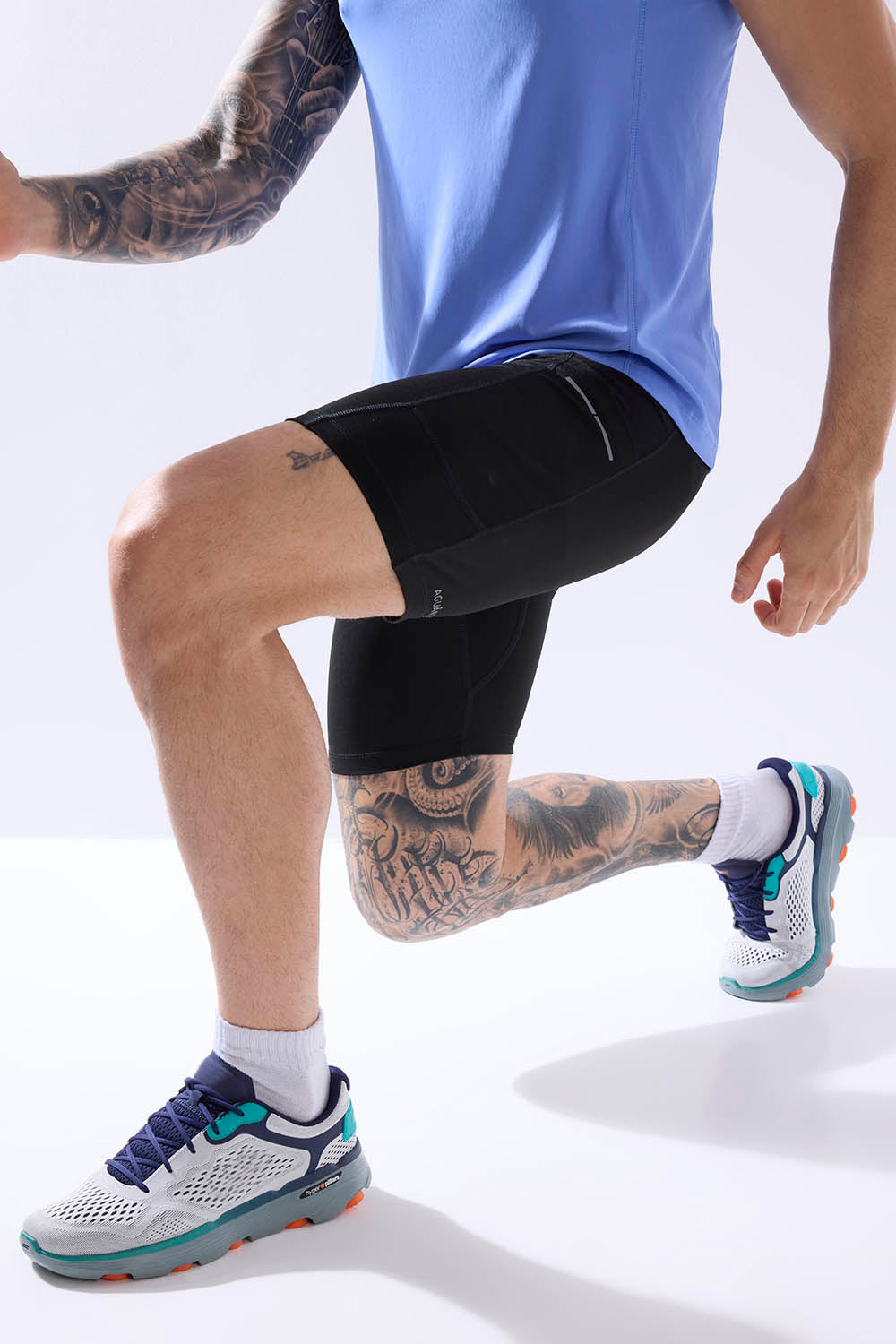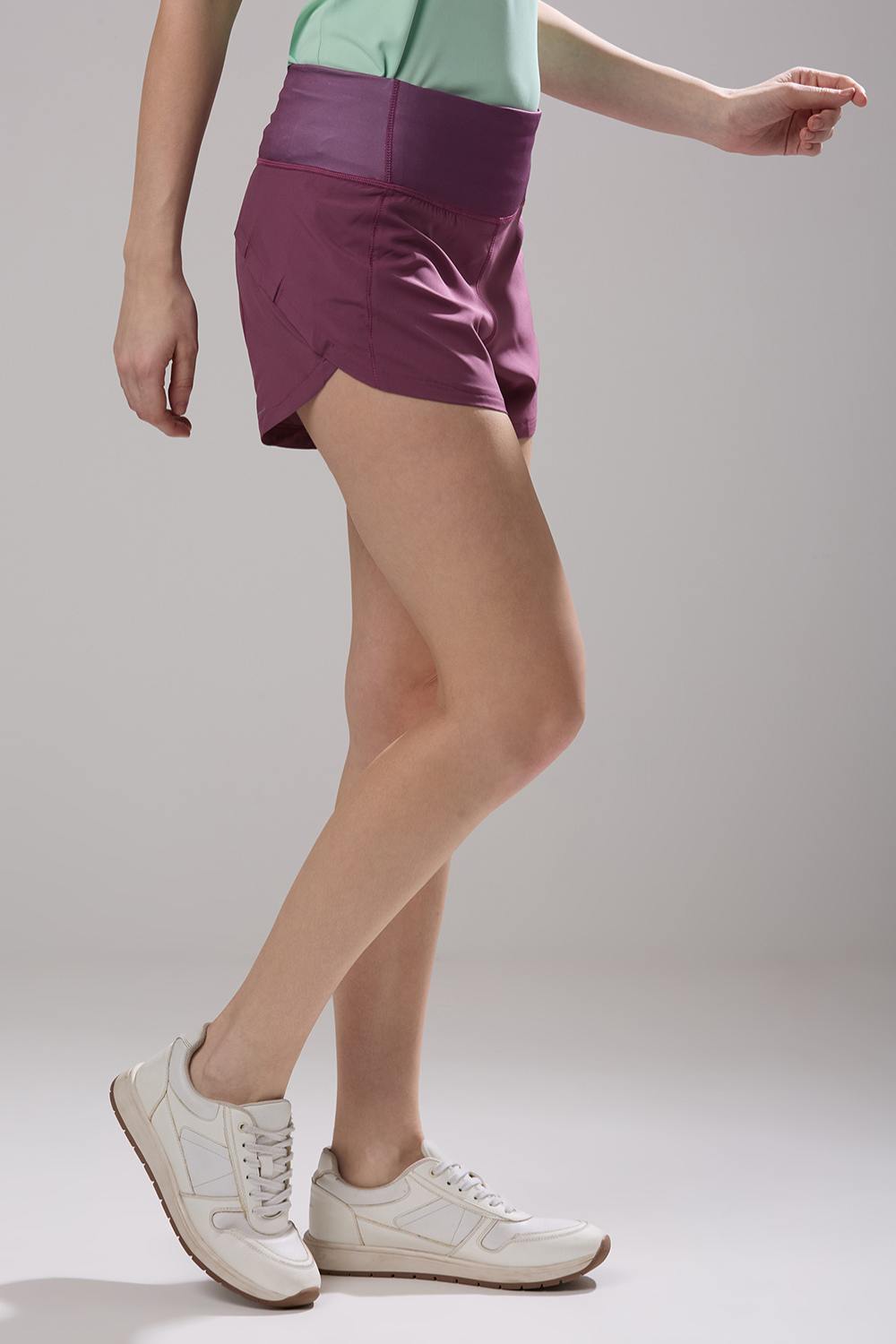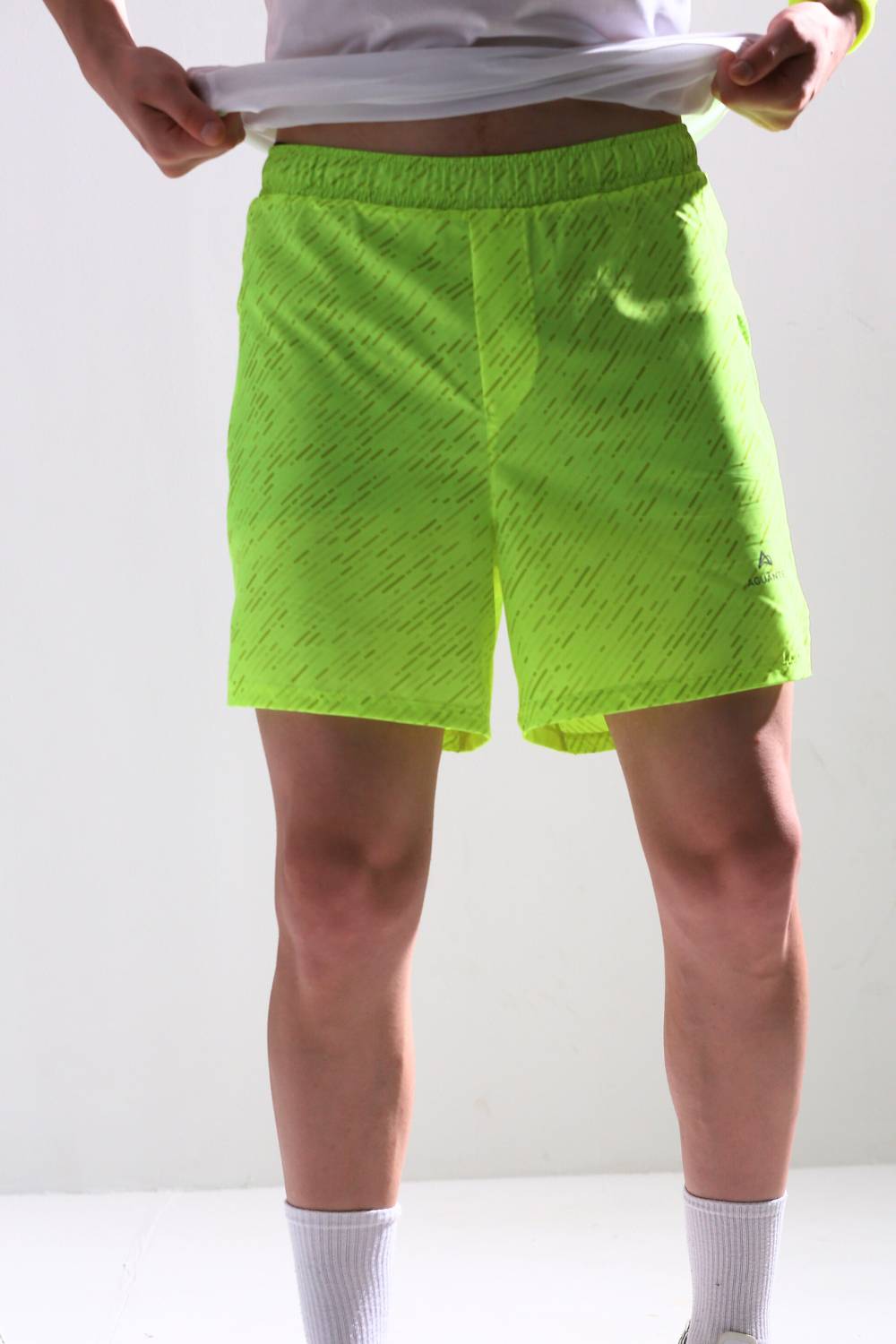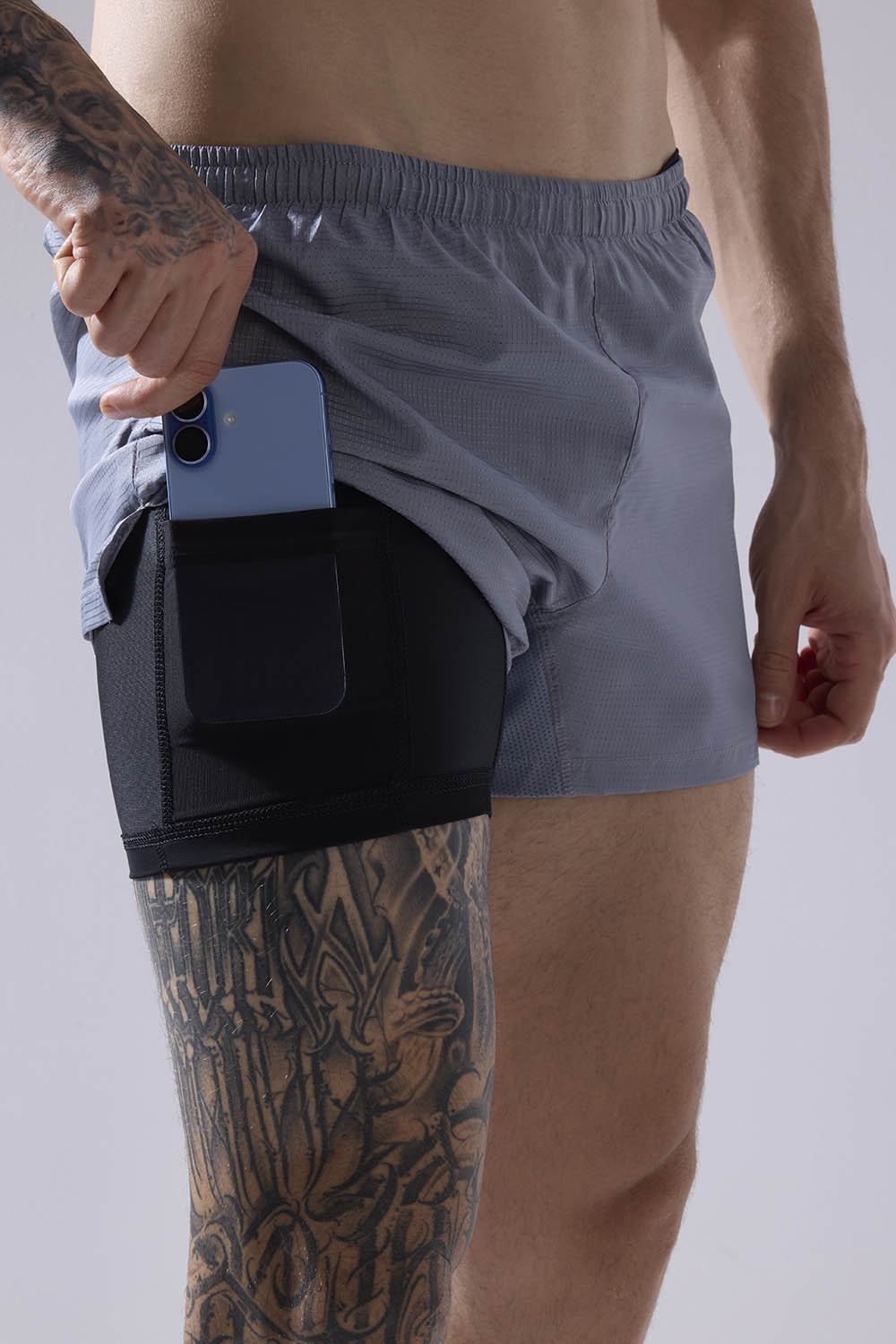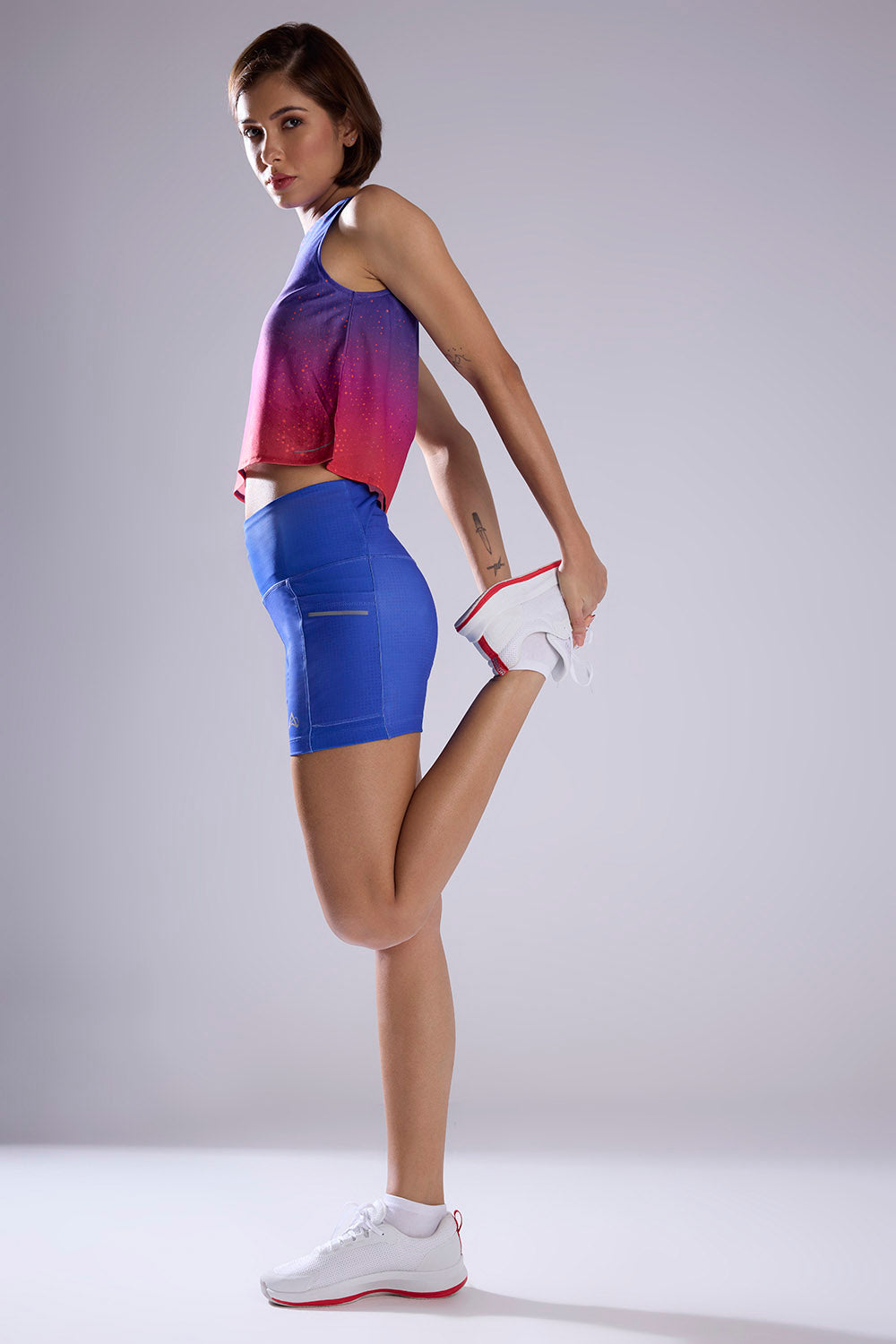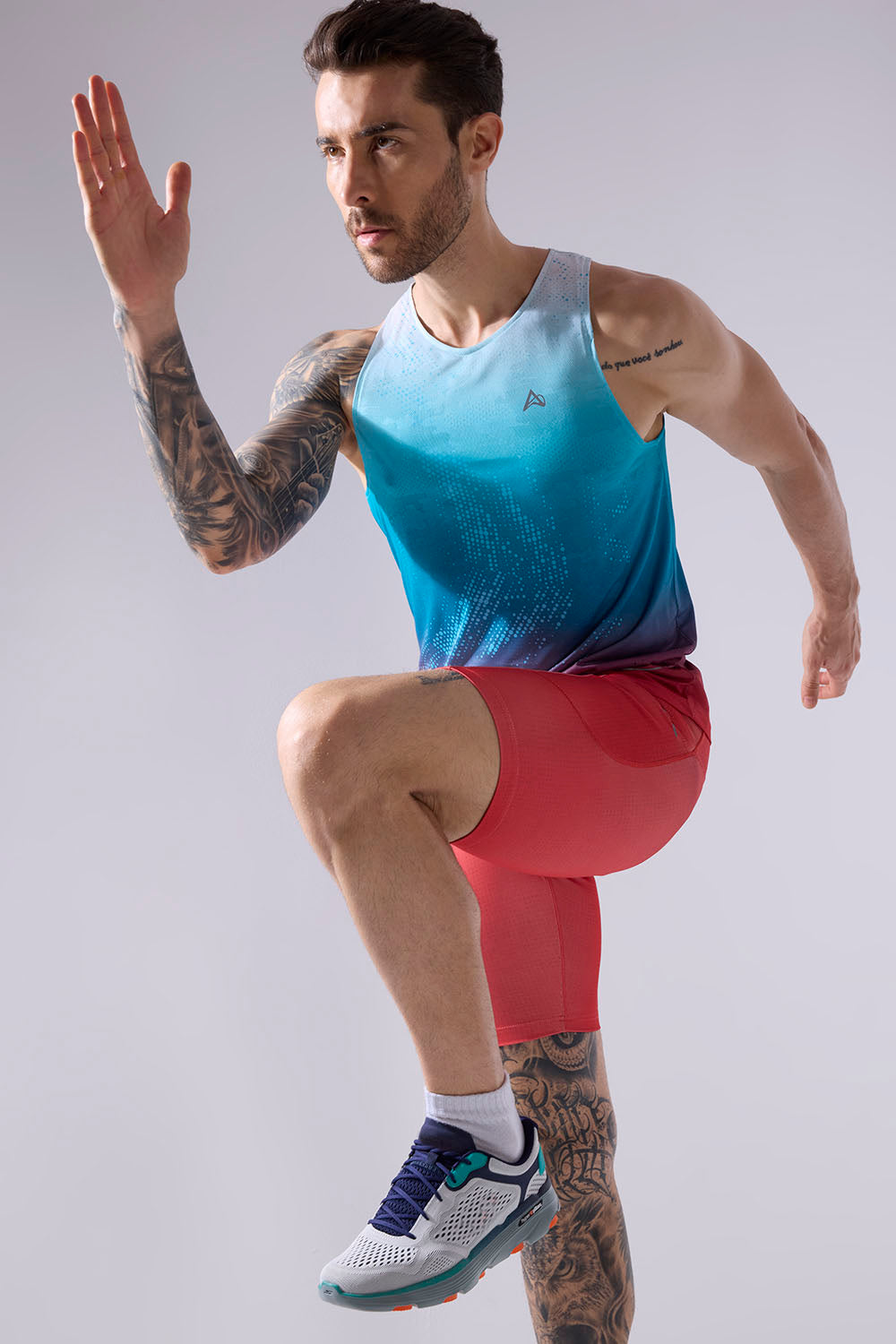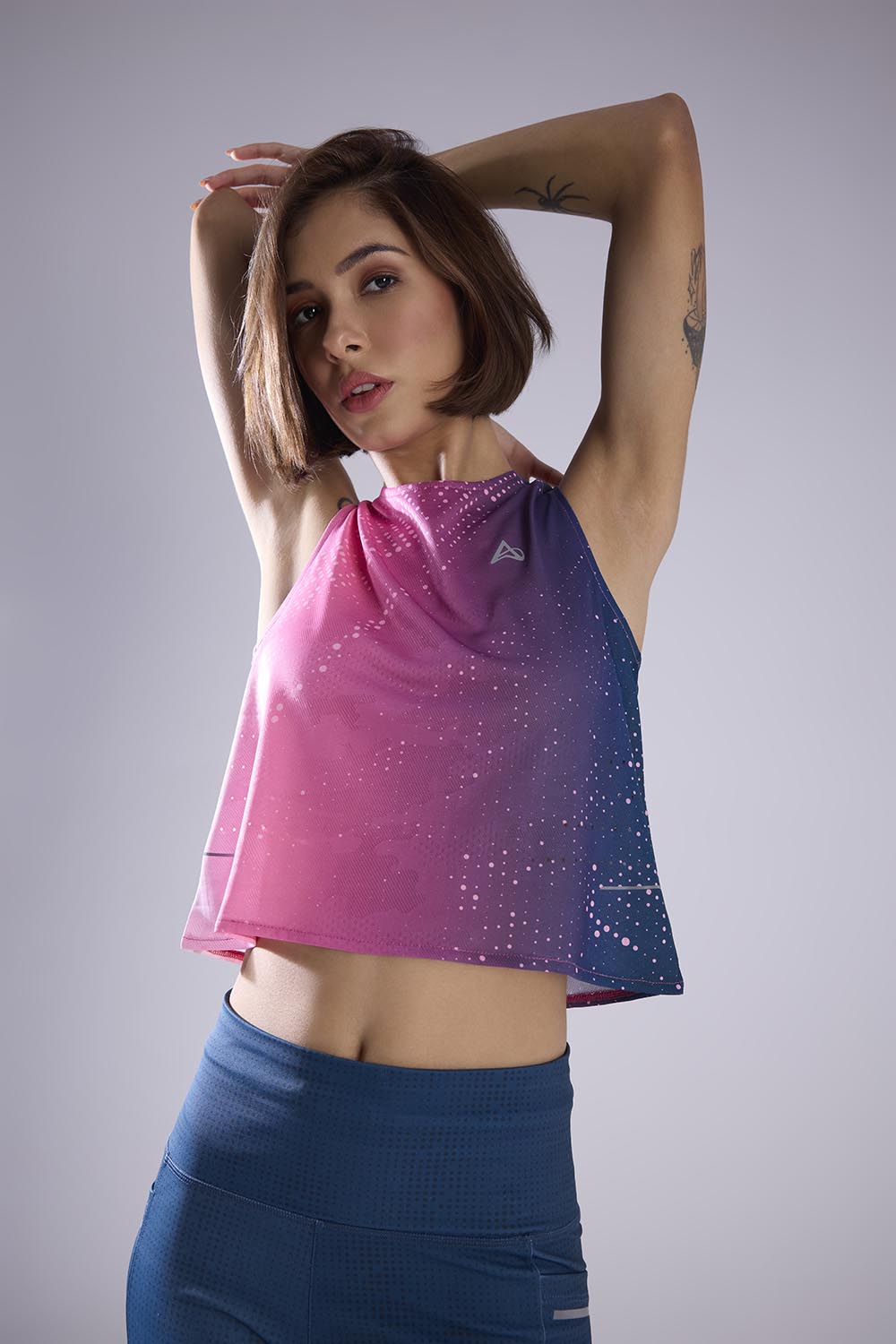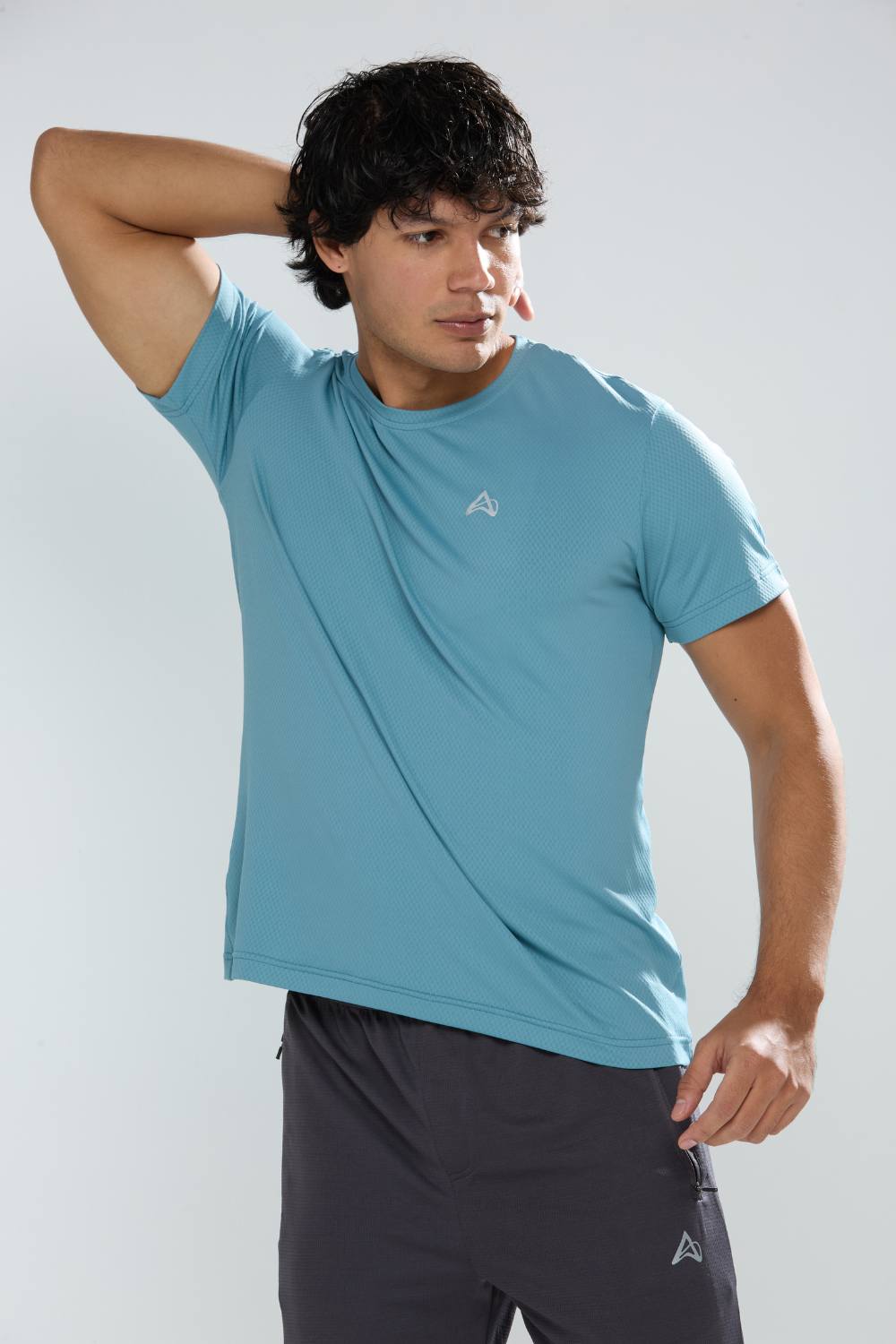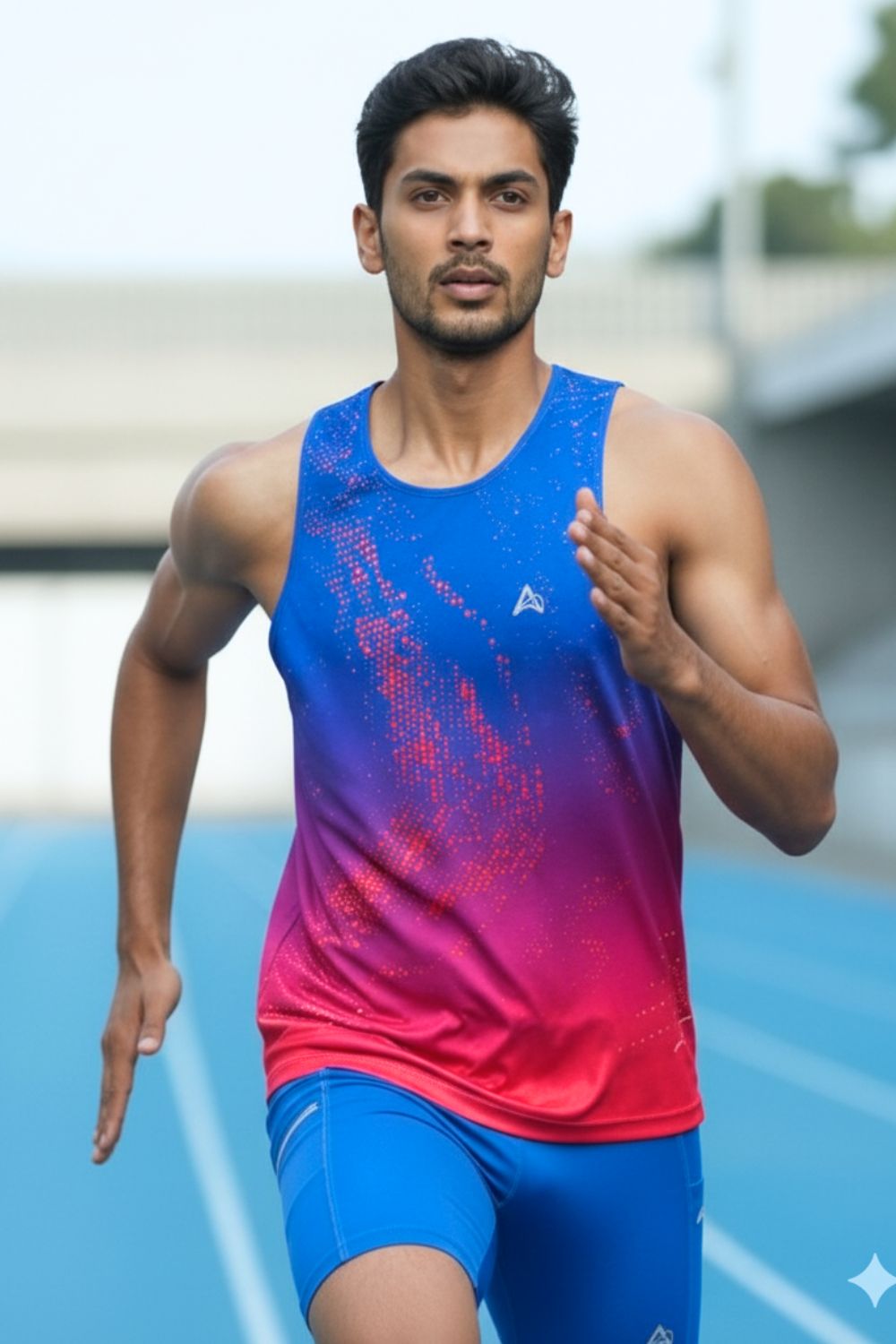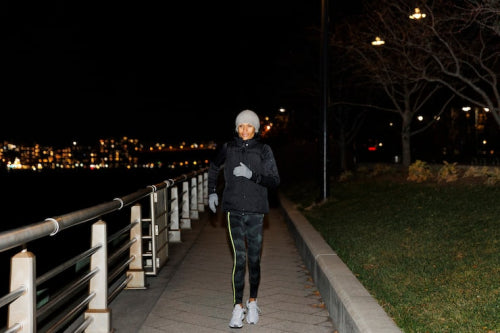Quick Listen:
Picture this: You're dashing through the steamy streets of Mumbai at first light, sweat pouring, your shirt sticking uncomfortably, or tackling the rugged paths around Bangalore where unpredictable bumps demand gear that holds up. For runners across India whether weekend enthusiasts or dedicated marathoners proper fitting apparel goes beyond convenience; it defines the experience. With body shapes as varied as the nation's terrains and climates, ergonomically designed fits are transforming how comfort feels on the move, making every stride more enjoyable and effective.
India's enthusiasm for running has exploded in recent years, propelled by heightened health consciousness and city-dwelling lifestyles that prioritize wellness. The nation's running gear sector achieved a valuation of USD 2.4 billion back in 2024, with expectations to double to USD 4.8 billion by 2033, advancing at a compound annual growth rate of 7.71% from 2025 to 2033, as detailed in reports from IMARC Group. Factors like greater involvement in fitness pursuits, urban expansion, higher spending power, the boom in casual jogging, more local marathons, athlete promotions, and online shopping surges are key drivers.
Yet, in this vibrant landscape, off-the-shelf international activewear often disappoints Indian athletes contending with intense warmth, dampness, and unique physical builds. Ergonomic designs step in as game-changers, molded precisely for bodies in action under local stresses. Brands like Aguante lead here, engineering pieces suited to India's heat and humidity think non-irritating inner layers, fabrics that draw away sweat efficiently, pockets that stay put without jiggling, reflective accents for safety, and shapes refined through trials with actual Indian runners. This approach ensures unrestricted motion, space for must-carry items, and zero interruptions, all at fair pricing that blends homegrown ingenuity with world-class standards.
Beyond mere clothing, these innovations address core needs: breathability for sweltering runs, durability on uneven roads, and adaptations for body variances like shorter statures or curvier forms prevalent among Indians. As the broader sportswear industry in India reached USD 10.2 million in 2024 and is set to grow to USD 16.6 million by 2033 at a 5.1% CAGR, emphasis on practical features and fashionable elements underscores why ergonomic gear is pivotal. Regional breakdowns show North India, West and Central, South, and East/Northeast leading in shoes versus apparel splits, sold through digital platforms and physical outlets.
Tired of gear that slows you down? Chafing, soggy fabrics, and missing pockets kill your run's momentum. At Aguante, we're runners who get it. Our high-performance activewear features moisture-wicking fabrics, ergonomic designs, and smart storage to keep you focused. Shop Now!
Current Trends in India's Running Culture
Dive into hubs like Bangalore and Hyderabad, where IT experts kick off their days with quick laps around tech parks and lakes. Southern regions command a hefty share of running equipment demand, thanks to rapid city growth and a thriving fitness scene. Nationally, the sports apparel segment stood at USD 705.85 million in 2024, poised to climb to USD 1592.58 million by 2030 via a robust 14.52% CAGR, fueled by escalating awareness of well-being, more involvement in athletics and workouts, and city sprawl, according to TechSci Research. Gym sign-ups are skyrocketing, marathons draw crowds, and younger folks dive into sports, craving athleisure that's functional yet chic.
In coastal spots like Mumbai and Pune, sticky moisture calls for airy materials that prevent overheating. Runners endure drenched sessions leading to skin issues or limited mobility if fits falter. Up north in Delhi and Gurugram, extreme seasons from biting colds to blazing heats require adaptable layering that maintains comfort. Over in West and Central areas such as Surat and Ahmedabad, growing wallets encourage event participation, heightening needs for gear categorized by men's, women's, and unisex options, plus add-ons like trackers, retailed through specialized stores, big-box chains, or web portals.
Social media amplifies these shifts. Instagram handles like @barefoot_coach_shanth_koushik dish out advice on natural running in Bangalore's greens, while @rajesh84parida inspires with training hacks. In Delhi, @coach_amitkumar rallies groups, emphasizing how thoughtful designs tackle everyday woes: glow-in-the-dark elements for dusk outings in Navi Mumbai's outskirts, or supportive structures for common Indian female silhouettes, like accommodating hips during sprints.
This digital buzz extends to Facebook and YouTube, where tutorials and reviews spread. E-commerce thrives, letting buyers filter by gender or channel specialty shops for pros, online for convenience aligning with the market's push for moisture-absorbing, flexible fabrics worn beyond tracks into daily life. Government pushes for sports and rising earnings only accelerate this, turning trends into tangible habits.
Case Studies: Real Runners, Real Comfort
Consider a dedicated trainer in Hyderabad prepping for city races amid scorching 35-degree temps. Ordinary tops rub painfully over distances, but ergonomically crafted ones with smooth seams and targeted airflow redefine ease, keeping focus on form. This mirrors broader awareness: the global orthopedic footwear arena, tied to overall limb health, valued at USD 3.48 billion in 2024, is forecasted to expand to USD 9.13 billion by 2035 at a 9.18% CAGR, highlighting how foot care consciousness spills into apparel choices for holistic support, as noted in Market Research Future insights.
In Pune's undulating hills, amateur groups put Aguante's bottoms through paces results show pockets secure gadgets without bounce, credits to sizing tuned for Indian proportions like sturdy calves. Mumbai's shore-side joggers rave about superior sweat management in home-designed fabrics outperforming foreign ones, warding off chafing in salty airs.
These stories aren't scripted; they're captured in raw Instagram videos from @runholic_dev demoing strides in Hyderabad's parks or @fit_kaur23 showcasing transformations in Gurugram's hazy mornings and Ahmedabad's gritty trails. One reel might contrast a restrictive import causing mid-run adjustments against Aguante's seamless flow, allowing longer, pain-free sessions.
Further afield, a Surat entrepreneur juggles business and runs, finding unisex ergonomic tees versatile for varied builds. In Navi Mumbai, evening commuters value reflective trims for visibility on busy roads. These examples, echoed across platforms, illustrate regional wins: South India's apparel-heavy preferences versus North's accessory focus, all boosted by athlete-backed brands and online accessibility that make switching to better fits effortless.
Challenges for Diverse Body Types
India's rich mosaic of physiques from compact builds in Surat's textile hubs to robust frames in Delhi's corporate corridors poses real fitting puzzles. Universal sizing crumbles here, especially under environmental duress: Bangalore's muggy dawns spark irritation, Pune's rains cause slips. As urbanization packs more into running think millions joining amid proliferating events clinging to mismatched global imports persists, sidelining local advancements that could alleviate this.
Barriers compound: limited knowledge on tech benefits like anti-chafe barriers for rash-prone skins on mixed grounds. In Delhi and Gurugram, pollution adds respiratory strains, where ill-suited gear heightens discomfort. East India's emerging scenes, though data-segmented sparingly, see recreational surges without tailored options, risking dropout rates.
Even as disposable incomes rise and initiatives promote athletics, gaps in education hinder progress. Women in Mumbai, for instance, might skip runs due to unsupportive straps on curvier forms, while men in Ahmedabad battle heat-trapped designs. Without bridging these through better awareness on platforms like YouTube or targeted e-com discomfort could cap the market's boom, deterring the very growth driven by health waves.
Opportunities: Tailored Innovation Ahead
The silver lining? Homebased creators like Aguante are seizing this, delivering for Indian specifics compact torsos, varied widths at quality matched globally but priced accessibly. Pockets lock essentials during Mumbai rushes; safety reflectives cut through Delhi smogs. This local-global fusion obsesses over runner priorities: non-bounce storage, chafe-proof edges, all vetted on native paths.
City nuances offer more: Bangalore's innovators seek tech-synced elements like tracker compatibility, Hyderabad's vibrant crowds want recovery-friendly softness post-feast-like breaks. Broaden via Facebook lives or YouTube breakdowns @rajesh84parida's sessions could demo fittings live, building trust.
With distribution evolving specialty outlets for hands-on trials, hypermarkets for mass reach, online for customization the ecosystem ripe. Segment by gender, add accessories, and leverage e-growth for personalized picks. As functionality meets style in rising demands, brands tapping regional data (South's urban pull, West's income surge) can convert hurdles to allegiance, expanding amid the sportswear climb to USD 16.6 million by 2033.
Opportunities abound in collaborations with influencers across listed cities, educating on benefits while stocking via multi-channels. This not only sustains growth but positions ergonomic wear as the standard, fostering a more inclusive running community.
Stepping Forward with Confidence
From the energetic lanes of Ahmedabad to Gurugram's lush parks, India's runners are claiming their paths, and ergonomic innovations ensure they do so comfortably. These designs respect bodily differences, battle climatic foes, and power a fitter tomorrow. In a market brimming with potential, embracing gear that syncs with you isn't optional it's the edge. Lace up wisely; the roads await, and true comfort propels the journey.
Frequently Asked Questions
Why is ergonomic running gear important for Indian runners?
Ergonomic running gear is designed specifically for India's diverse body types, climates, and terrains, addressing challenges like intense heat, humidity, and varied physiques that off-the-shelf international apparel often overlooks. These designs feature breathable fabrics, chafe-resistant seams, secure pockets, and fits tailored for shorter statures or curvier forms common among Indian runners. This ensures unrestricted movement, prevents discomfort like skin irritation, and enhances overall running performance across India's extreme weather conditions from Mumbai's coastal humidity to Delhi's seasonal temperature swings.
What features should Indian runners look for in ergonomically designed running apparel?
Indian runners should prioritize features like moisture-wicking fabrics for sweat management in hot climates, smooth seams to prevent chafing on longer runs, and secure pockets that don't bounce during movement. Additional must-haves include reflective elements for safety during early morning or evening runs in busy urban areas, breathable materials for ventilation in humid conditions, and sizing adapted to Indian body proportions such as sturdy calves or compact torsos. These features collectively address the unique demands of running in cities like Bangalore, Hyderabad, Pune, and Mumbai, where climate and terrain vary significantly.
How is India's running gear market growing and what's driving this demand?
India's running gear market was valued at USD 2.4 billion in 2024 and is projected to double to USD 4.8 billion by 2033, growing at 7.71% annually. This explosive growth is driven by increased health consciousness, urban expansion, rising disposable incomes, and the proliferation of local marathons and fitness events across major cities. The surge in gym memberships, social media influence from running coaches and enthusiasts, and the convenience of online shopping have made quality running gear more accessible. Additionally, younger demographics seeking functional yet stylish athleisure, combined with government initiatives promoting sports participation, continue to fuel this market expansion.
Disclaimer: The above helpful resources content contains personal opinions and experiences. The information provided is for general knowledge and does not constitute professional advice.
You may also be interested in: What Makes a Running Singlet Ideal for Indian Weather
Tired of gear that slows you down? Chafing, soggy fabrics, and missing pockets kill your run's momentum. At Aguante, we're runners who get it. Our high-performance activewear features moisture-wicking fabrics, ergonomic designs, and smart storage to keep you focused. Shop Now!
Powered by flareAI.co

